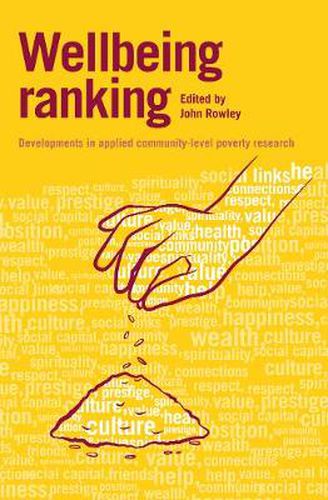Readings Newsletter
Become a Readings Member to make your shopping experience even easier.
Sign in or sign up for free!
You’re not far away from qualifying for FREE standard shipping within Australia
You’ve qualified for FREE standard shipping within Australia
The cart is loading…






Wealth-ranking is a participatory tool enabling people to group their fellows into wealth bands, and thus identify the very poor. Now the method has been developed to include the broader aspects of wellbeing, such as social standing and health, that people value as much as material wealth. Wellbeing Ranking tells the story of the development of these assessment methods since the rise of wealth ranking in the 1980s. It looks at the results of wellbeing ranking exercises and how they help identify important differences within communities and monitor changes in wellbeing over time.The book suggests that understanding differences within communities is essential for good development aid work and describes the successful use of ranking tools over large populations and the value of using multi-dimensional models of wellbeing.This book is essential reading for everyone interested in participatory methods, from researchers and students of international development, to field workers and staff of international development agencies.
$9.00 standard shipping within Australia
FREE standard shipping within Australia for orders over $100.00
Express & International shipping calculated at checkout
Wealth-ranking is a participatory tool enabling people to group their fellows into wealth bands, and thus identify the very poor. Now the method has been developed to include the broader aspects of wellbeing, such as social standing and health, that people value as much as material wealth. Wellbeing Ranking tells the story of the development of these assessment methods since the rise of wealth ranking in the 1980s. It looks at the results of wellbeing ranking exercises and how they help identify important differences within communities and monitor changes in wellbeing over time.The book suggests that understanding differences within communities is essential for good development aid work and describes the successful use of ranking tools over large populations and the value of using multi-dimensional models of wellbeing.This book is essential reading for everyone interested in participatory methods, from researchers and students of international development, to field workers and staff of international development agencies.